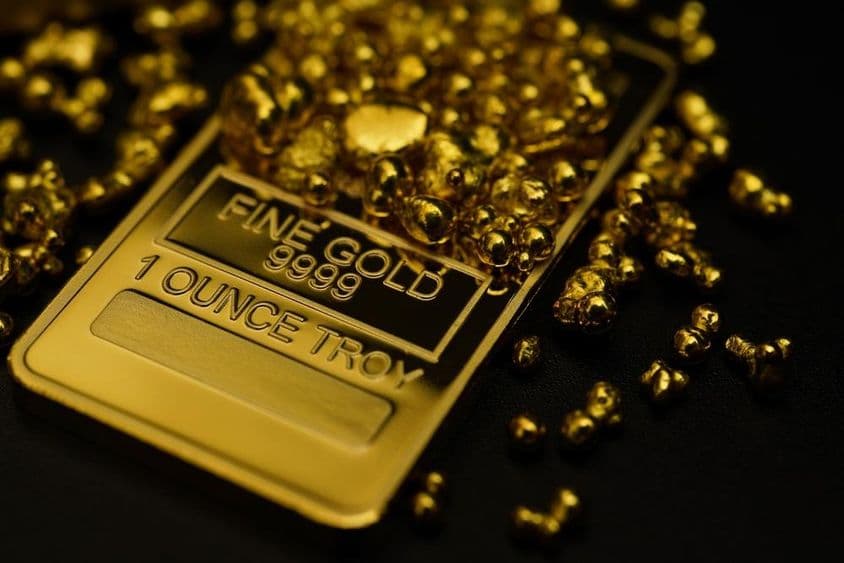Gold Price Predictions Amid Economic Instability

How High Will Gold Prices Go Amid Trade Tensions and Inflation Uncertainty?
The global economy is becoming increasingly unstable, leading to significant changes in investor behavior. Geopolitical tensions, uncertainty over inflation prospects, and concerns about the global economic slowdown have once again brought gold into the spotlight. The yellow precious metal is proving once again to be a reliable safe haven during crises — a fact reflected in its price.
Gold Prices Chasing Records
By early 2025, gold prices surpassed $3,000 per ounce, and many are discussing the next milestones. According to technical analysis, the first major resistance level could be at $3,100, followed by another obstacle around $3,450. Although the World Gold Council does not provide specific price forecasts, predictions from leading financial institutions paint a clear picture of expected trends.
One of the most well-known American investment banks, Goldman Sachs, recently revised its forecast for the end-of-year 2025 gold price from $3,100 to $3,300. The decision was driven by several factors: surprisingly strong capital flows into gold-based exchange-traded funds (ETFs) and continuously increasing central bank demand.
Central Banks Opt for Safe Havens
Central bank gold purchases have risen dramatically over the past decade. While central bank purchases accounted for only 1.8% of global gold demand in 2010, this proportion reached 21% by 2024. This indicates that monetary authorities are increasingly relying on gold as a security reserve against economic instability.
Forecasts suggest that especially Asian central banks — such as those in China, India, and other emerging economies — will continue their intense gold purchases over the next three to six years to further diversify their reserves and reduce dollar exposure.
Investor Confidence and Market Psychology
According to precious metal traders in one of the world's major financial centers, Dubai, gold, due to its nature, tends to repeatedly break its previous peaks. As a result, providing an exact price forecast is extremely difficult. However, most experienced market analysts see a price range of $3,000–$3,500 as realistic in the coming years. Of course, there are bolder predictions — some even consider $5,000 not impossible by the end of 2025.
The latest data from the World Gold Council also confirms the growing demand for gold: globally, a net inflow of $3 billion was registered into gold-based ETFs in just one week, equivalent to about 31 tons. This marks the eighth consecutive week of positive net capital inflow, primarily from North America. Since the beginning of the year, more than $19 billion (207 tons) has flowed into such assets, making the first quarter of 2025 the strongest period in the past three years.
More Players Entering the Field
The momentum of the gold market is further boosted by developments such as state insurers in China now being officially allowed to invest in gold via the Shanghai Gold Exchange. This is another indication that institutional investors are beginning to rethink the composition of their portfolios.
Another major driver of demand continues to come from central banks. Recently, several countries, including some in Eastern Europe and South America, confirmed their intention to purchase gold. All of this suggests that global gold demand is becoming less speculative and increasingly driven by structural factors.
What to Expect?
As geopolitical tensions remain high and inflation trends remain uncertain, gold's allure stays strong for both institutional and retail investors. Uncertainty favors safe-haven assets, and gold continues to be one of the most reliable choices.
The coming months could be crucial for gold. If the dollar weakens or global growth prospects further deteriorate, gold could once again break through psychologically significant price levels. For those seeking long-term safe investments, gold remains a consideration.
If you find any errors on this page, please let us know via email.


